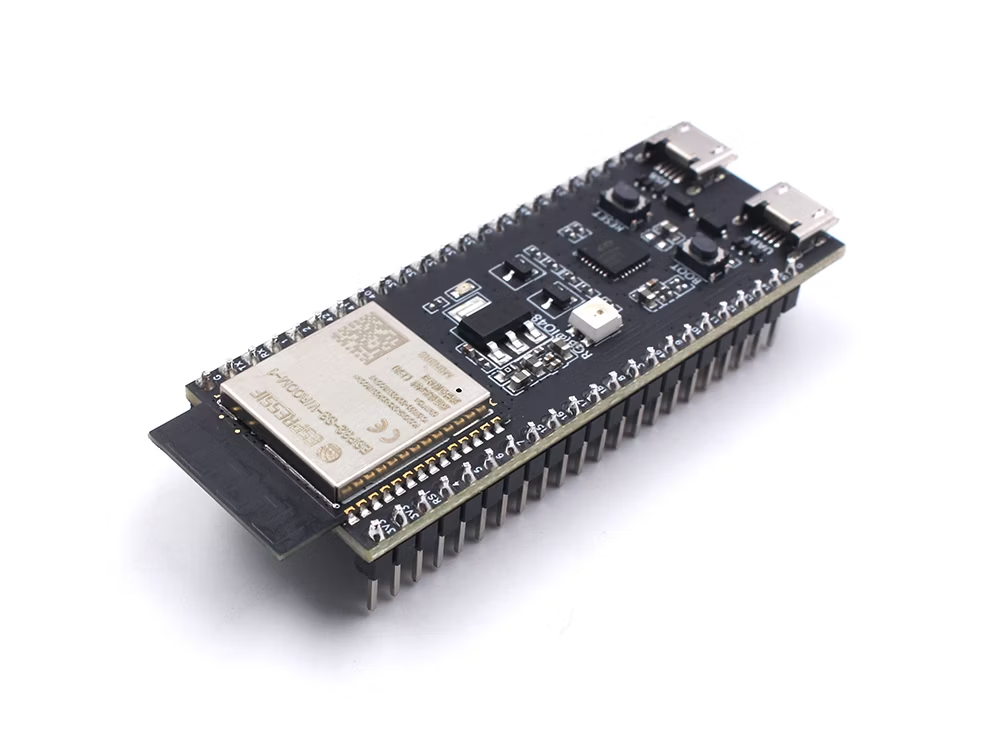At most 90% of the time, if you have ever pondered how your smart bulb works with Wi-Fi or why your fitness tracker syncs data so well, the answer lies in the fact that there is an Espressif device working behind the scenes. Spread out across the smart world are these little or tiny chips from one of China’s own tech companies, Espressif Systems.
They are seen there primarily as the unsung workhorses of the whole Internet of Things world. Inexpensive, reliable, yet surprisingly powerful, they end up in various things, coffee makers, sensors in factories, and so on. So, let’s talk about why they tick, why developers love them, and where you may have seen them already.
What Are Espressif Devices?
An Espressif device is not in vogue, but it commonly means some microcontrollers (think of it as a miniature computer) designed to undertake wireless communication. The most popular chips of the company, namely the ESP8266 and ESP32, have built-in Wi-Fi and Bluetooth.
This means instead of externally wiring a separate radio module, the engineers design a product that speaks straightaway to your phone or router. But here’s the kicker: these aren’t just niche components for hardcore coders.
Espressif’s hardware is paired with open-source software tools and a massive online community. If you’ve ever tinkered with Arduino or Raspberry Pi projects, you’ve likely stumbled across forums where hobbyists rave about how easy it is to get an Espressif device on WiFi up and running.
Common Features of Espressif Devices
1. They’re Ridiculously Affordable (Without Feeling Cheap)
The ESP8266, for example, costs less than a fancy coffee but can handle complex tasks like connecting to cloud servers or processing sensor data. This low price tag is why startups and DIYers flock to Espressif Inc. devices for prototypes. You can fry a chip during testing and not cry over the budget.
2. Wi-Fi That Works
Getting IoT devices online can be a headache; ask anyone who’s struggled with a finicky smart plug. Espressif devices on WiFi cut through the noise. Their chips support stable connections even in crowded networks (looking at you, apartment buildings with 50+ routers). The ESP32 even juggles both 2.4 GHz and 5 GHz bands, which is rare for budget hardware.
3. Battery Life That Doesn’t Quit
Ever notice how some smart gadgets need weekly charging while others last months? Espressif’s sleep modes are a big reason. In deep sleep, an Espressif smart device sips as little as 5 microamps, meaning a coin-cell battery could keep it alive for years in something like a temperature sensor.
4. Security That Doesn’t Slip
With headlines about hacked baby monitors and smart locks, security isn’t optional. Espressif bakes in hardware encryption and secure boot features, making it harder for bad actors to tamper with devices. For products handling sensitive data (like a medical wearable), this is non-negotiable.
5. The Lego Block Flexibility
Need Bluetooth for a speaker project? Grab an ESP32. Building a solar-powered weather station? The ESP32-C3’s low power draw fits the bill. Developers love that Espressif devices scale up or down without reinventing the wheel.
Where You’ve Seen Espressif in Action
- Your Smart Home: That off-brand smart plug from Amazon? There’s an 80% chance it’s running an ESP8266. Same with budget-friendly LED strips and robot vacuums.
- Fitness Gear: Cheap fitness trackers use these chips to beam steps and heart rate data to your phone via Bluetooth.
- Coffee Shops and Retail: Ever seen a digital menu board or a handheld payment terminal? Many run on Espressif hardware because they’re cheap to replace if they break.
- Weird Hobby Projects: Reddit’s DIY communities are full of people using Espressif devices on network setups to build everything from TikTok-controlled pet feeders to air quality monitors that tweet pollution levels.
Cons
Espressif isn’t flawless. Their documentation can feel like it was Google Translate on a bad day, and Bluetooth support on older chips can be glitchy. But for under $5 a pop, most developers forgive the quirks.
Plus, the active forums mean someone’s probably already posted a fix for your exact problem. What’s
The Future?
Espressif is betting big on Matter, the new universal smart home standard. If Matter takes off, future Espressif smart devices could work seamlessly with Apple, Google, and Amazon ecosystems out of the box, no more wrestling with incompatible apps.
They’re also dabbling in AI for voice commands, which could make budget smart speakers way less frustrating.
Bottom Line
Espressif Inc. devices aren’t glamorous, but they’re the duct tape of the IoT world: affordable, adaptable, and everywhere once you start looking. Whether you’re a pro building a product or a weekend warrior hacking together a custom gadget, these chips remove the excuses to not make something connected. And honestly, in a world where even toothbrushes have apps now, that’s probably why they’ll stick around.



